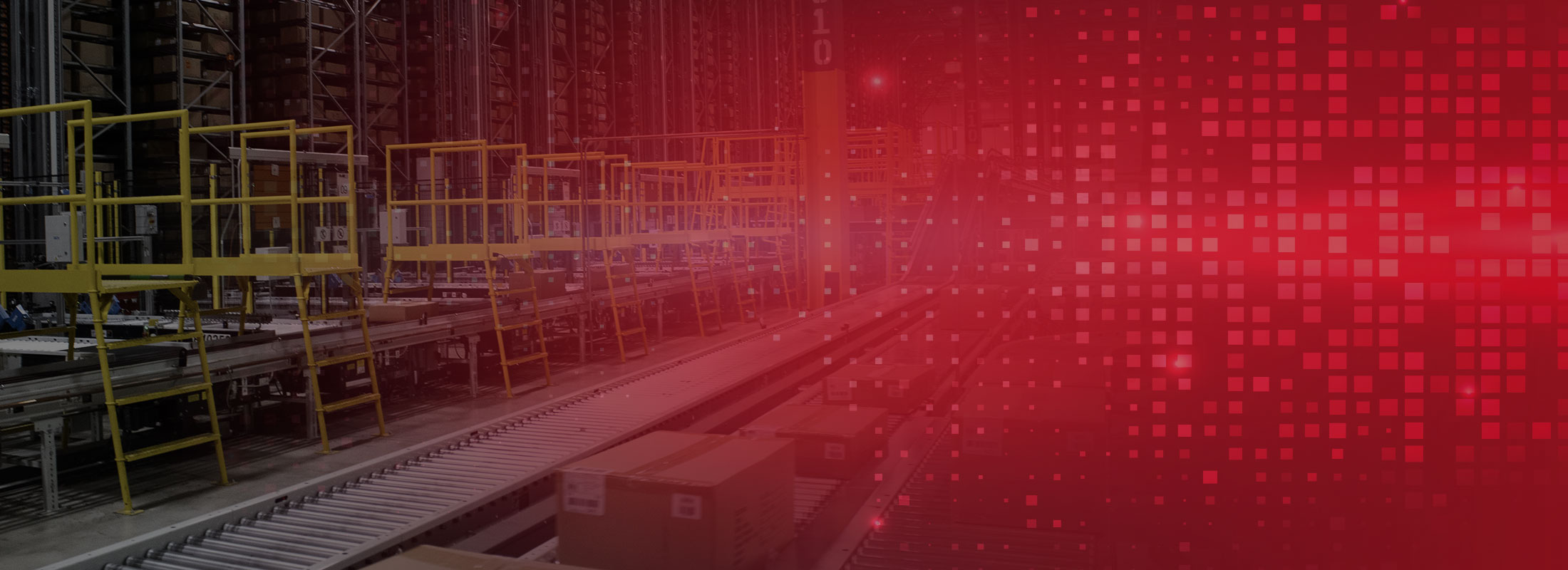COFE™ Optimization Modules for Sorter-Based Processes
Clustering or “batching” orders to be picked together is one of the most intuitive ways to improve productivity in a distribution center. Piece sorters (tilt tray sorters, Bombay sorters, cross belts sorters) take this clustering to the extreme of allowing hundreds, if not thousands, of orders to be picked together.
Piece sorters are an expensive capital investment. Also, they often become the main component of the process, determining the pace at which the distribution center operates. Regretfully, when combined with order batching, the productivity and capacity of sorters is erratic. There are periods of high utilization where the sorter operates almost at full capacity followed by valleys of very low efficiency. The sorter, as the main component dictating facility workflow, causes the erratic or cyclic efficiency to cascade to the other areas of the process as well as diminish the overall capacity of the distribution center.
Addressing these limitations, VAS has developed SOFT&#trade; optimization modules for sorter-based operations. These modules are based on VAS’ proprietary adaptive technology which continuously searches, in real-time, for opportunistic ways to maximize the usage of system resources by adapting to the changing conditions of the operation. This paper is an overview of how this dynamic sorter system optimization is accomplished and the resulting benefits.
The traditional way to operate sorters is using static waves of orders. The size of these batches is normally made as large as possible to take advantage of all sorter resources. As a rule, low efficiency periods happen during wave transition periods.
The SOFT™ optimization modules eliminate, to the point allowed by the system, the dependency on static waves, converting the process to a continuous operation. The SOFT™ sorter optimization module is “rule driven” and the rules are uniquely defined for each application. In creating a continuous process, the sorter work is broken down into small, non-separable “mini-batches”. The mini-batches are then started individually as the “opportunity” arises, and are also completed individually. Normally, product arrival provides the events that start and complete these mini-batches. SOFT™ sorter optimization de-links the selection and delivery of product to the sorter from the sorter induction process itself. As product arrives and is identified at the sorter, the SOFT™ sorter optimization examines the current need for that product. This examination is independent, as far as the rules allow, of the prior selection of the product. The rules for sorter induction normally prioritize arriving product to the completion of any mini-batch that is currently in-process. If no in-process mini-batch requires the product, there are a set of rules that define the initiation of a new mini-batch and its assignment to available sorter resources. These rules are somewhat more complex and also vary by application but for the purpose of this paper suffice it to say that mini-batches are continuously starting and completing asynchronously.
To the extent that waves are eliminated, so are the wave transition periods and the low efficiency valleys. The most immediate benefit of this approach is an increase on the capacity utilization of the sorter that allows an increase in the facility’s capacity to process orders.
VAS engineers have used adaptive technology to increase distribution center capacities for almost 20 years. Completed projects where this technology successfully increased the capacity of the facility include companies like The Gap, HEB Grocery, and Levi Strauss. In order to achieve the desired capacity improvements, the SOFT™ optimization modules have to coordinate, in real-time, the operation of several subsystems of the distribution center. The subsystems requiring coordination in applications can include picking, product delivery, product identification, the sorter itself, packing, and completed order takeaway. The modules include interfaces for these systems that minimize (if not completely eliminate) the required changes to those other systems. Where the current system does not support real-time communications, the modules add the capability to the existing system.
On a project-by-project basis the SOFT™ optimization modules need to be configured for the facility’s mechanical configuration (i.e.: piece sorter mechanical configuration) as well as for the specific business practice requirements of the customer.
Other benefits yielded by the SOFT™ optimization modules may include:
- Reduced sorter inductor idle time
- Reduced picker idle time
- Increased picking productivity
- Reduced packer idle time
- Smoother completion of orders
- Reduced need to stage early totes
- Faster response to last-minute orders
The extent of these side benefits is application-dependent, as it is a function of the mechanical and process restrictions of each specific project.
Piece sorters are an excellent technology to cluster large number of orders to be picked together. They are also very expensive. Optimization of existing sortation equipment is the most economical means of increasing capacity of an existing system. It can also delay the need to construct additional facilities to increase distribution network capacity. In addition, the benefits yielded from these sortation system improvements may be carried forward to future operations reducing their effective cost.

